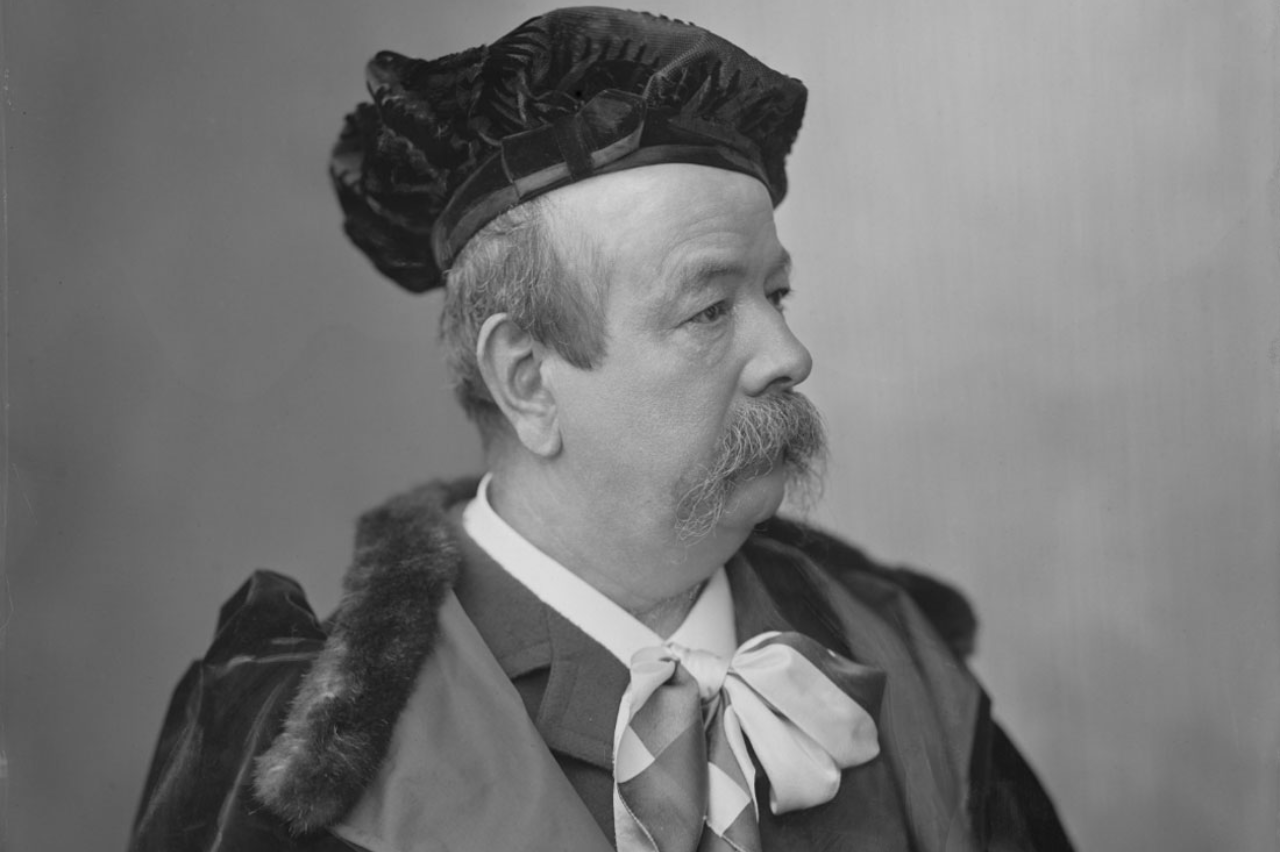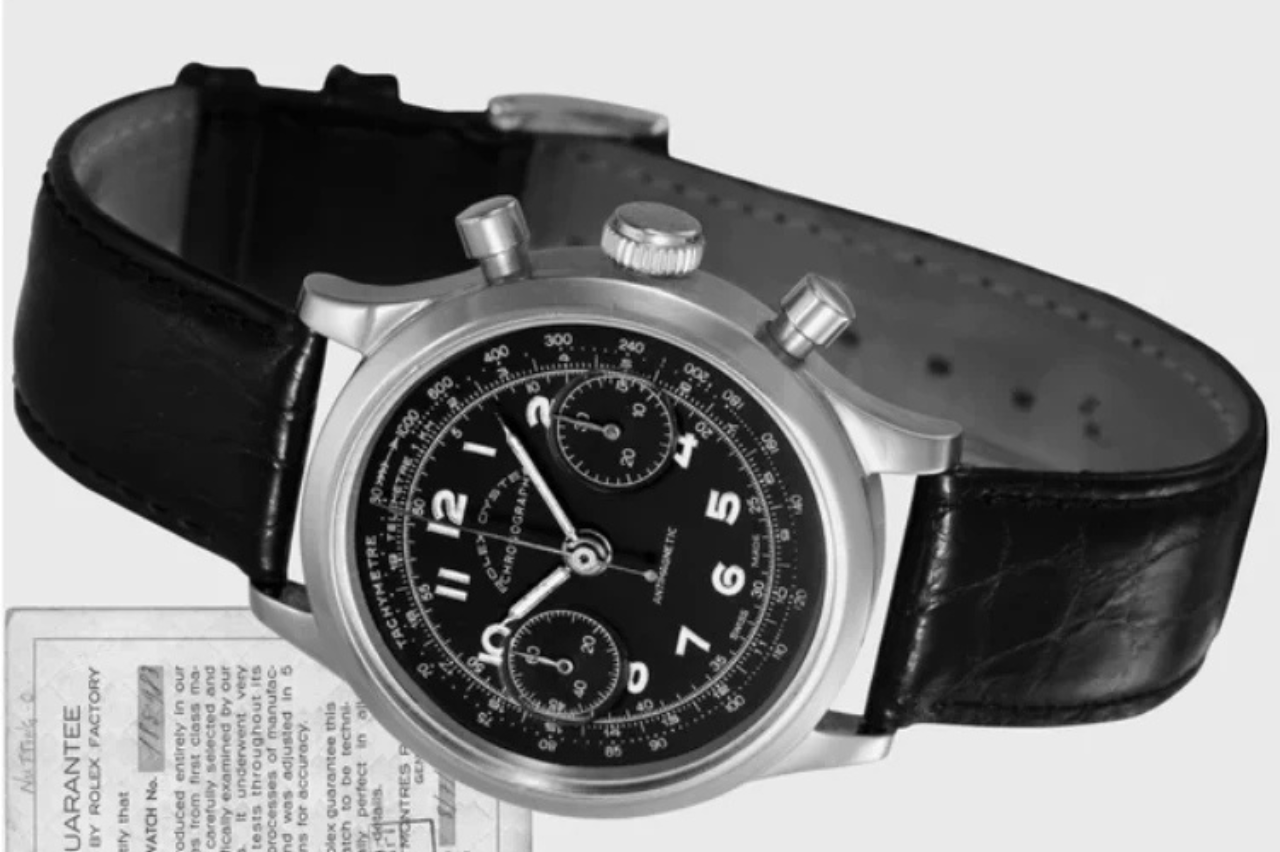
The Man Who Invented Modern Fashion
Long before luxury fashion houses and designer labels became the norm, one man revolutionized the industry and set the foundation for modern fashion as we know it. Charles Frederick Worth, often called the "Father of Haute Couture," was the first designer to gain international acclaim, shaping the way fashion was created, marketed, and worn.
From Humble Beginnings to Haute Couture
Born in October 1825, Worth’s early years were far from glamorous. His father, a solicitor, lost the family’s wealth and abandoned them, forcing young Charles to start working at just 11 years old. His first job was at a haberdashery owned by Jemima Todd, where he quickly developed an eye for detail, trimming bonnets to delight the women of Bourne.
A year later, he moved to London to work in textiles, but his true destiny awaited in Paris. At the age of 21, Worth took a bold step, moving to the fashion capital of the world. By 1858, with the help of a business partner, he opened his own fashion house—The House of Worth. It didn’t take long before his designs caught the attention of royalty.

Imperial Russian court dress by Charles Frederick Worth, Paris
The Royal Seal of Approval
In 1860, Worth made a groundbreaking move—he enlisted a royal court insider to wear his creations, knowing it would capture the attention of high society. The strategy paid off. Empress Eugénie, wife of Napoleon III, was so impressed with his designs that she requested a meeting the very next day. She became his most influential client, and her endorsement catapulted Worth to the pinnacle of the Paris fashion scene.
With aristocrats, actresses, and even Queen Victoria among his clientele, Worth transformed fashion from a craft into an art form—and more importantly, into a business.
Reinventing Fashion
Worth was a true pioneer, introducing practices that are now industry standards. He was the first designer to:
- Create seasonal fashion collections—offering designs in advance, rather than custom-making outfits one by one.
- Use live models to showcase his clothing, instead of draping garments on mannequins.
- Sew branded labels into his designs, creating the first-ever designer label.
- Redefine the role of the designer—instead of simply catering to clients’ wishes, he dictated fashion trends and influenced what the elite would wear.
The Birth of the Bustle
One of Worth’s most significant contributions to fashion was the invention of the bustle—a design that gathered fabric at the back of a dress, allowing women to move more freely while still maintaining a structured silhouette. Before this, full skirts made even simple tasks, like walking through a doorway, a challenge. His innovation in shaping garments changed women’s fashion across the globe.
The House of Worth expanded rapidly, growing from a small team to a workforce of over 1,000 employees. Clients traveled from as far as America to be fitted at his Parisian atelier, with entire wardrobes custom-made and shipped overseas on luxury liners. His marketing genius elevated him to near-royal status—duchesses would even curtsy in front of him. "He was kind of an emperor" says Olivia Worth van Hoega Erden, his great-granddaughter.
A Lasting Legacy
When Worth passed away in Paris in 1895, his sons carried on the legacy. The House of Worth continued for three generations, dressing the elite until its closure in 1952. Some of its creations were even believed to have been aboard the Titanic when it sank in 1912.
His influence still echoes through the fashion industry today. From the concept of designer labels to the structure of seasonal collections, Worth laid the groundwork for the modern fashion business. As Dame Zandra Rhodes puts it, he was "one of the initial soldiers of fashion, preparing the way for us all."
 Frederick pioneered what we now recognize as designer labels and branding, introducing and showcasing his own collections.
Frederick pioneered what we now recognize as designer labels and branding, introducing and showcasing his own collections.
From a modest haberdashery to the grand courts of Europe’s elite, Charles Frederick Worth didn’t just create exquisite dresses—he revolutionized the very essence of fashion. His visionary approach transformed clothing from mere craftsmanship into an art form, setting the foundation for the modern fashion industry as we know it today.



